Key Takeaways:
- Mockup designs bridge conceptual ideas to the final product, allowing pre-development adjustments.
- Various mockup types serve distinct design and development stages, enhancing project visualization and testing.
- Tools like Adobe XD facilitate detailed, collaborative design, streamlining development and risk management.
In the dynamic world of design, the creation and refinement of a project’s visual and functional aspects are paramount. This is where the concept of a mockup design comes into play, serving as a critical bridge between raw ideas and the final product.
By offering a high-fidelity representation of the result, mockup designs allow creators and stakeholders alike to visualize and adjust the project’s aesthetics and usability before it enters the costly stages of development. That said, this guide will explore the essence of mockup designs and their pivotal role in project development.
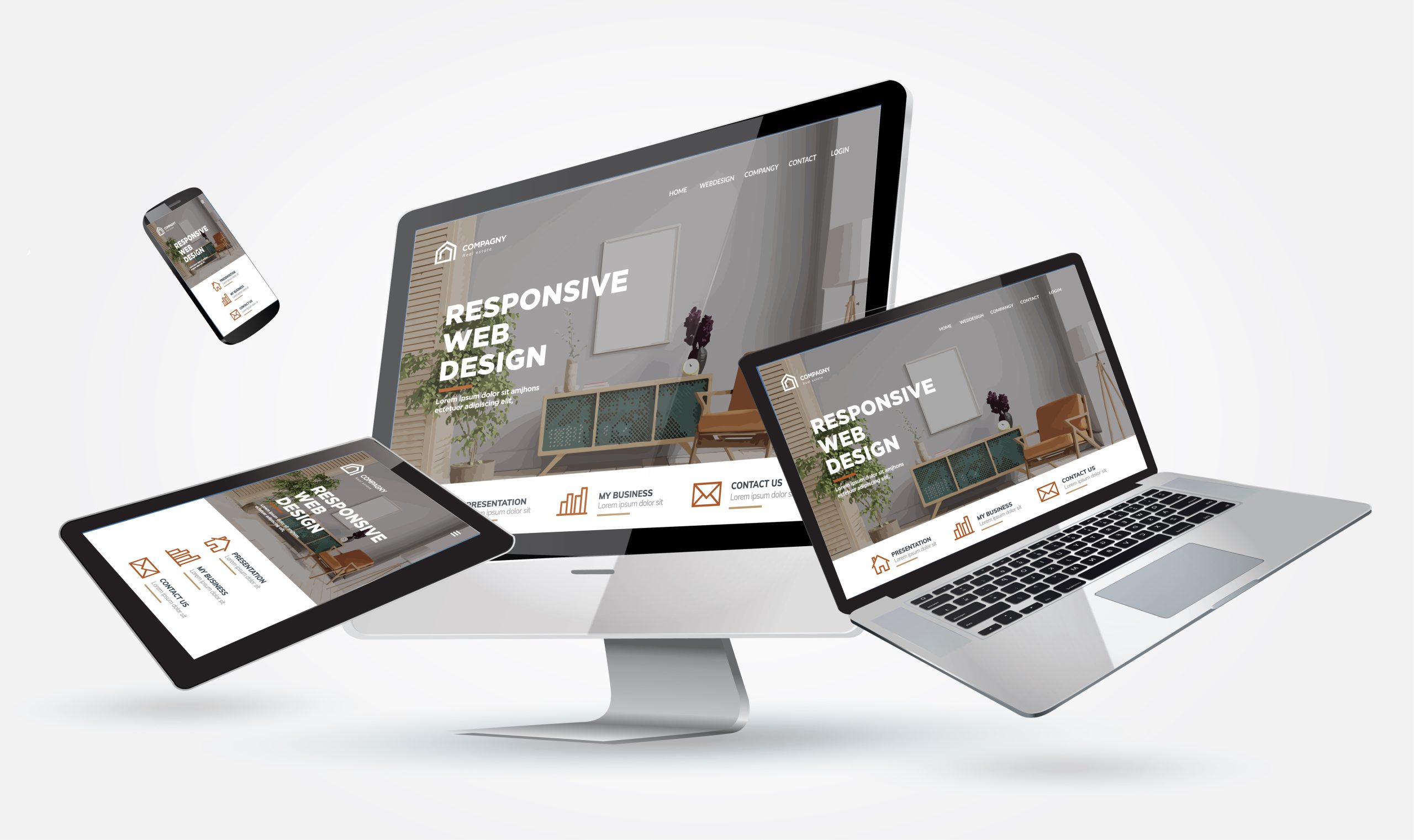
What Is A Mockup Design?
A mockup design is a detailed, often graphical representation of a product. It showcases its design elements, such as its layout, colors, typography, and images, without incorporating the interactive elements or functionality. Positioned between the initial wireframe stage—which outlines basic structure and functionality—and the more advanced prototype phase, which simulates user interaction, mockups offer a middle ground for visualizing the aesthetic and feel of the product.
Types Of Mockup Designs
Mockup designs come in various forms, each serving distinct purposes throughout the design and development process. Here are the primary types of mockup designs:
1. Low-Fidelity Mockups
Often referred to as lo-fi mockups, these are basic visual representations that focus more on layout and structure rather than detailed design elements. Low-fidelity mockups are typically quicker to create and are used in the early stages of the design process to explore different ideas and concepts. They can be as simple as sketches on paper or basic outlines created with design software.
2. High-Fidelity Mockups
High-fidelity (hi-fi) mockups are detailed representations that closely resemble the final product, including its colors, typography, images, and other design elements. These mockups provide a more accurate visual of how the product will look upon completion and are used to finalize design decisions and communicate with stakeholders and clients.
3. Digital Mockups
As the name suggests, digital mockups are created for software products like websites, apps, and other digital interfaces. They help visualize the user interface (UI) and user experience (UX) aspects of digital products and are essential for web and app design process.
4. Physical Product Mockups
These mockups are used for designing physical items such as packaging, print materials, or even larger products like consumer electronics and vehicles. Physical mockups can range from simple 3D models to detailed and functional prototypes that mimic the final product’s appearance and feel.
5. Interactive Mockups
Though closer to prototypes, interactive mockups allow limited user interaction, simulating how users might engage with the final product. These mockups are valuable for testing user flows and usability, providing insights into the product’s functionality and user experience before full-scale development begins.
6. Static Mockups
Contrary to interactive mockups, static ones are non-interactive and focus solely on the visual aspect of the design concept. They are used to present the look and feel of a product’s interface, layout, or packaging without any functionality or interactivity.
Tools And Technologies For Creating Mockups
Creating mockups has become more accessible and efficient thanks to a variety of tools and technologies designed to cater to different needs, complexities, and fidelity levels. Here’s a rundown of popular tools and technologies for creating mockups:
Adobe XD
A part of Adobe’s suite, XD is a powerful tool for designing and prototyping user experiences for web and mobile apps. It allows designers to create high-fidelity mockups with interactive elements, facilitating a close representation of the final product. Among its features, Adobe XD excels in handling transparent images, enabling designers to integrate these elements into their mockups seamlessly. This capability is especially beneficial when crafting interfaces that require intricate layering or when aiming for a specific aesthetic that transparent images can provide.
Sketch
Exclusively available for Mac, Sketch is a vector-based design tool beloved by UI and UX designers. It offers a wide range of plugins and integrations, making it a versatile choice for designing detailed mockups and working collaboratively within the design team.
Figma
Figma has gained popularity for its collaborative capabilities, allowing multiple users to work on the same mockup simultaneously in real-time. It’s a web-based tool that facilitates both low- and high-fidelity mockup designs, along with interactive prototypes.
InVision
InVision is a prototyping tool that allows designers to turn their static mockups into interactive prototypes. It supports collaboration and feedback collection directly on the designs, making it a favorite for remote teams and client presentations.
Balsamiq
Balsamiq focuses on creating quick, low-fidelity mockups that resemble sketches, making it an excellent tool for early-stage design discussions and brainstorming. It’s designed to be easy to use, emphasizing speed and simplicity over a detailed design concept.
Canva
Although Canva is not a traditional mockup tool, designers and non-designers alike can use it to create simple mockups for web or graphic design projects like social media posts, marketing materials, and basic web page layouts. Its user-friendly interface makes it accessible to non-designers.
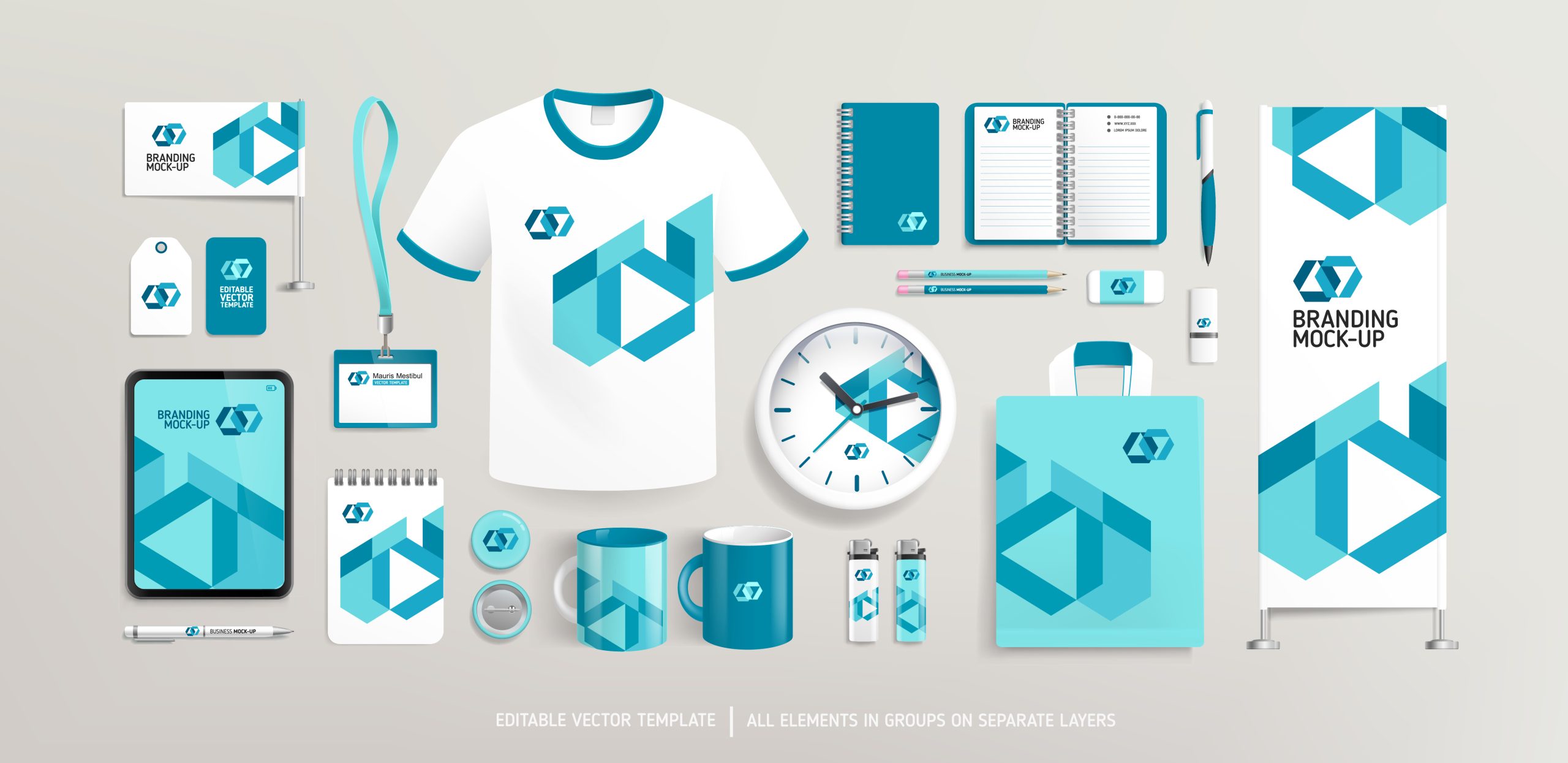
The Significance Of Mockup Designs In Project Development
Mockup designs play a pivotal role in the development of projects across a wide range of industries, from digital applications and website design to physical products and branding. Their significance can be detailed into several key aspects that collectively contribute to more efficient, effective, and successful project outcomes.
1. Facilitates Clear Communication
Mockup designs stand as a universal language in project development, effectively bridging the conceptual with the tangible. They convert abstract ideas into visual realities that can be shared among project stakeholders, developers, and clients alike. This visual representation is invaluable, as it transcends the barriers of technical jargon and differing interpretations that often plague project communications.
By providing a clear and concrete depiction of the project’s end goal, mockups ensure that everyone involved is aligned with the vision, significantly reducing misunderstandings and setting a solid foundation for consensus and forward movement.
2. Enhances Decision-Making
In project development, mockups are a critical tool for facilitating informed decision-making. Before writing any code or producing any material, mockups offer a visual forecast of the final product, enabling stakeholders to evaluate its aesthetics, functionality, and user experience. This early-stage evaluation empowers decision-makers to make pivotal choices with confidence, ensuring that resources are allocated wisely and that the project’s trajectory aligns with its strategic objectives.
3. Streamlines The Design And Development Process
Mockups significantly streamline both the visual design and development processes by highlighting potential design issues and user experience pitfalls at an early stage. This early detection of problems allows for adjustments to be made before they become deeply ingrained in the project’s fabric, reducing the need for costly and time-consuming revisions later.
Additionally, mockups facilitate an agile development methodology, where iterative feedback and continuous improvement are paramount. By enabling rapid prototyping and testing, mockups help maintain project momentum, ensuring that development cycles are efficient and that the final product meets the high-quality standards required.
4. Improves User Experience
A pivotal advantage of employing mockup designs lies in their ability to enhance the UX of the final product. By enabling the early testing and exploration of user interfaces and navigation flows, mockups offer invaluable insights into how users will interact with the product.
This proactive approach to UX design allows teams to refine and adjust the product’s interface based on actual user feedback, ensuring that the end product is not only visually appealing but also intuitive, user-friendly, and aligned with user expectations.
5. Supports Marketing And Stakeholder Engagement
Beyond their utility in the design and development phases, mockups also play a vital role in marketing and stakeholder engagement. They offer a visually compelling preview of the project, which can be leveraged in presentations, investor pitches, and marketing materials.
This visual representation can generate excitement, illustrate the project’s potential, and secure buy-in from stakeholders and potential investors. Mockups can effectively communicate the value and vision of the product, supporting marketing strategies and helping to build momentum behind the project before its market launch.
6. Risk Management
Mockups are an essential tool in risk management within project development. By visualizing the end product early in the development cycle, mockups allow teams to identify potential risks, technical challenges, and limitations before they escalate into significant issues.
This foresight enables project teams to devise strategies to mitigate these risks proactively, ensuring that the development process proceeds smoothly, and that the final product adheres to the highest quality standards.
Conclusion
As the design and development field evolves, the exploration and use of mockup tools and technologies present limitless innovation opportunities. Mockup designs not only aim to meet project expectations but also strive to exceed them, delighting both users and stakeholders in the process.
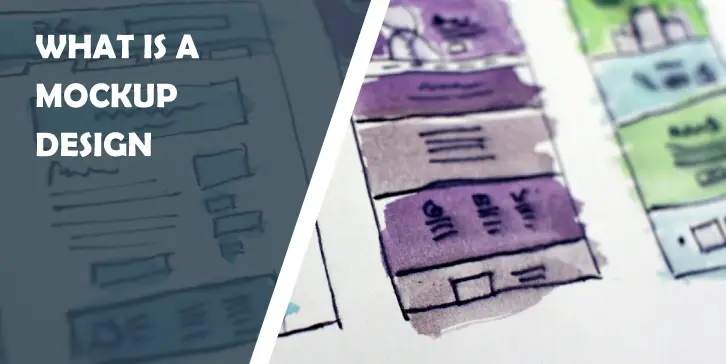

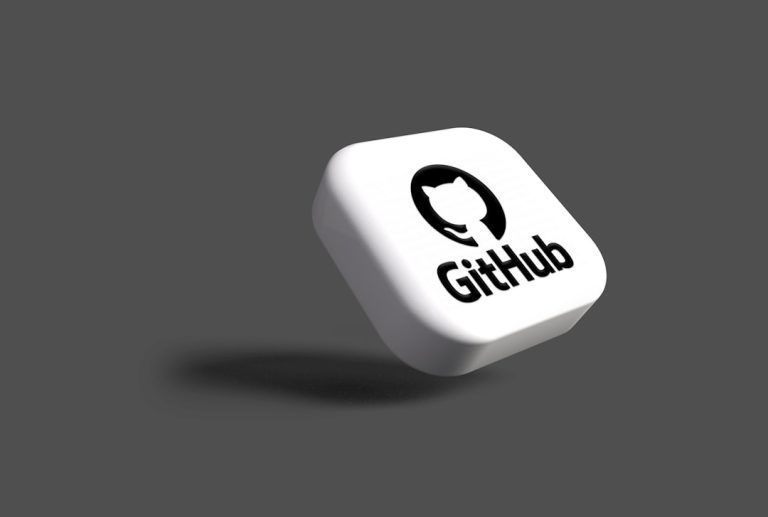
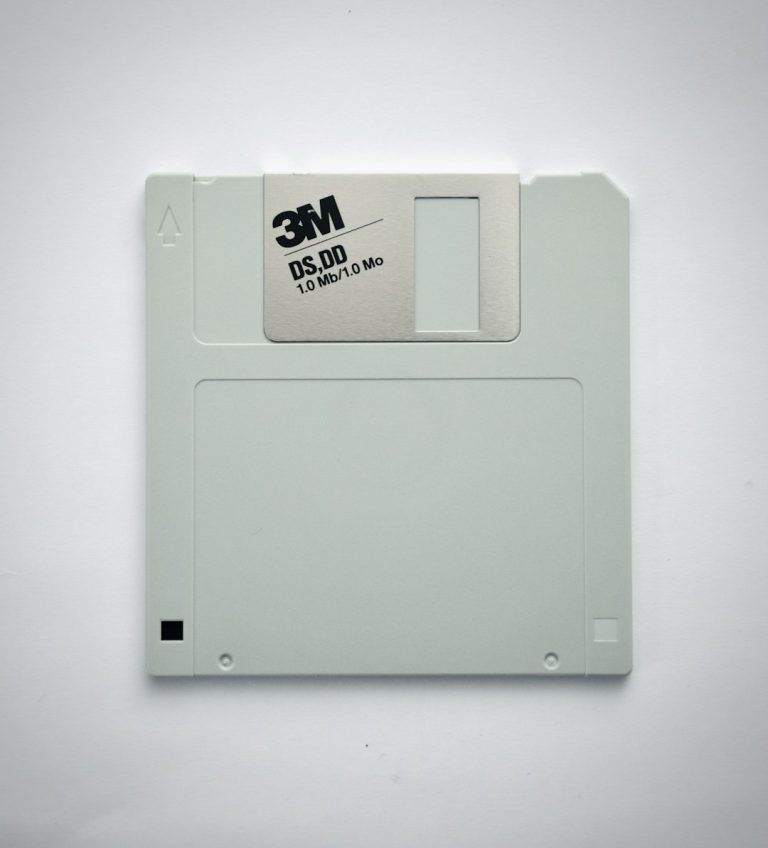

Comments are closed.